Days after a Panorama exposé claimed Amazon pickers were putting in sole-destroying shifts of up to 11 miles a day, Tesco threw open the doors to its new dotcom centre this week.
The cavernous fourth-generation dark store (Tesco doesn’t use phrase but everyone else does) in Erith, Kent, is packed full of so much hi-tech equipment - with trays for orders whizzed around to pickers at dizzying heights and speeds thanks to a futuristic system of cranes and lifts - the 550 employees scarcely seem in danger of getting blisters, except maybe on their backsides. They often merely have to follow instructions on a simple electronic diagram, with only frozen being manually picked.
Yet with the first Christmas delivery slots already being booked for what is expected to be a bumper festive season for online, could we be witnessing a change in direction for Tesco’s dotcom strategy?
Erith offers huge headroom for growth. Its sixth dark store, it will serve large swathes of Kent and South London and by next year will process up to 4,000 orders every day. Indeed, while it currently is operates with a fleet of 50 trucks, it has the potential to handle 270 -more than five times the capacity. It is also the first site built specifically for same-day delivery (though this is already being trialled in Mansfield, Nottinghamshire). Tesco plans, as early as next year, for shopping from Erith to arrive within five hours of an order.It is a world away from the first dark store, which only opened seven years ago in Croydon, when all picking was carried out by hand. As operation manager Shiri Mosenzon puts it: “The staff do walk, but not 11 miles a day.”
Dark evolution
2006: First generation in Croydon has same layout as normal store, with all picking by trolley.
2008-2010: Second-generation centres open in Aylesford and Greenford, including automated dispatch, separate chilled chambers and seven-day delivery.
2012-13: Third-generation Enfield and Crawley include automated ambient and chilled picking and new quality control systems.
October 2013: Fourth-generation Erith uses a “multishuttle system” with 37,000 locations. Cranes and ground floor and overhead conveyors load trays largely automatically.
So much of the packing is automated here it starts to bring into question just how long Tesco will need so many people to man such centres - there’s a potential huge cost saver. A computer can even monitor which customers have had previous problems with orders and choose their trays for special checks.
Such advances mean Erith boasts an availability rate of 98%, says Mosenzon, which was crucial following huge availability problems this summer at its previous third-generation centre, in Enfield, which resulted in Tesco reverting to a local store for some orders
“We’ve learnt a lot from our experience at Enfield but most of all it’s about how we use the technology,” says Simon Belsham, MD of grocery home shopping, who rejoined Tesco in February after two years as head of non-food at Ocado.
But despite the space-age technology and his recent background, Belsham seems relatively cool about the potential of dark stores, suggesting Tesco is as likely to develop existing large stores as online hubs outside its M25 heartland.
London boasts a more recession-proof economy than elsewhere for Tesco to capitalise on the online boom and it also has a hugely diverse ethnic population, which makes Erith’s 30,000 product line-up a huge asset for its supply line in the capital. But Belsham says the online home delivery aspect is “only part of the jigsaw”.
“The goal isn’t about being an online business. It’s the reason I left Ocado: because the future isn’t about one or the other, online or stores, it’s both,” he says. “Tim (Steiner, Ocado CEO) and I used to debate it all the time and it’s part of the reason why I came back to Tesco. There are pros and cons to dotcom centres. The good thing is they can do a bigger range and sometimes a more reliable service because we can keep an absolute track of where a product is. But there are so few big sites that have this sort of access. Erith is a pretty rare site in London and the main strategy will be to use the assets we have.”
For all the impressive technology at Erith, then, online expansion may involve the far less grandiose sight of a Tesco van providing click & collect delivery outside a school.








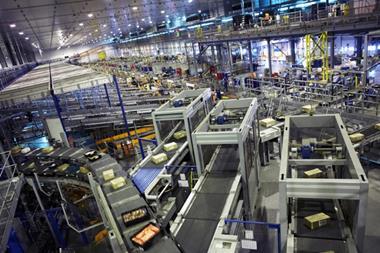
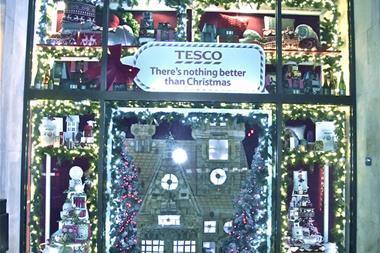
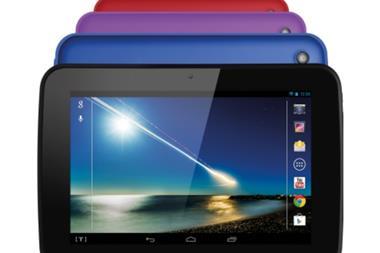





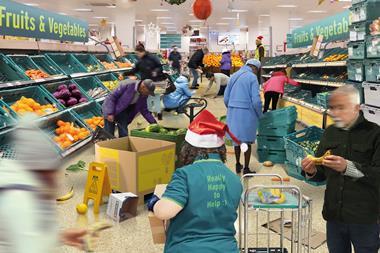
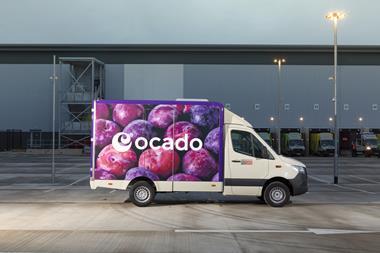

No comments yet